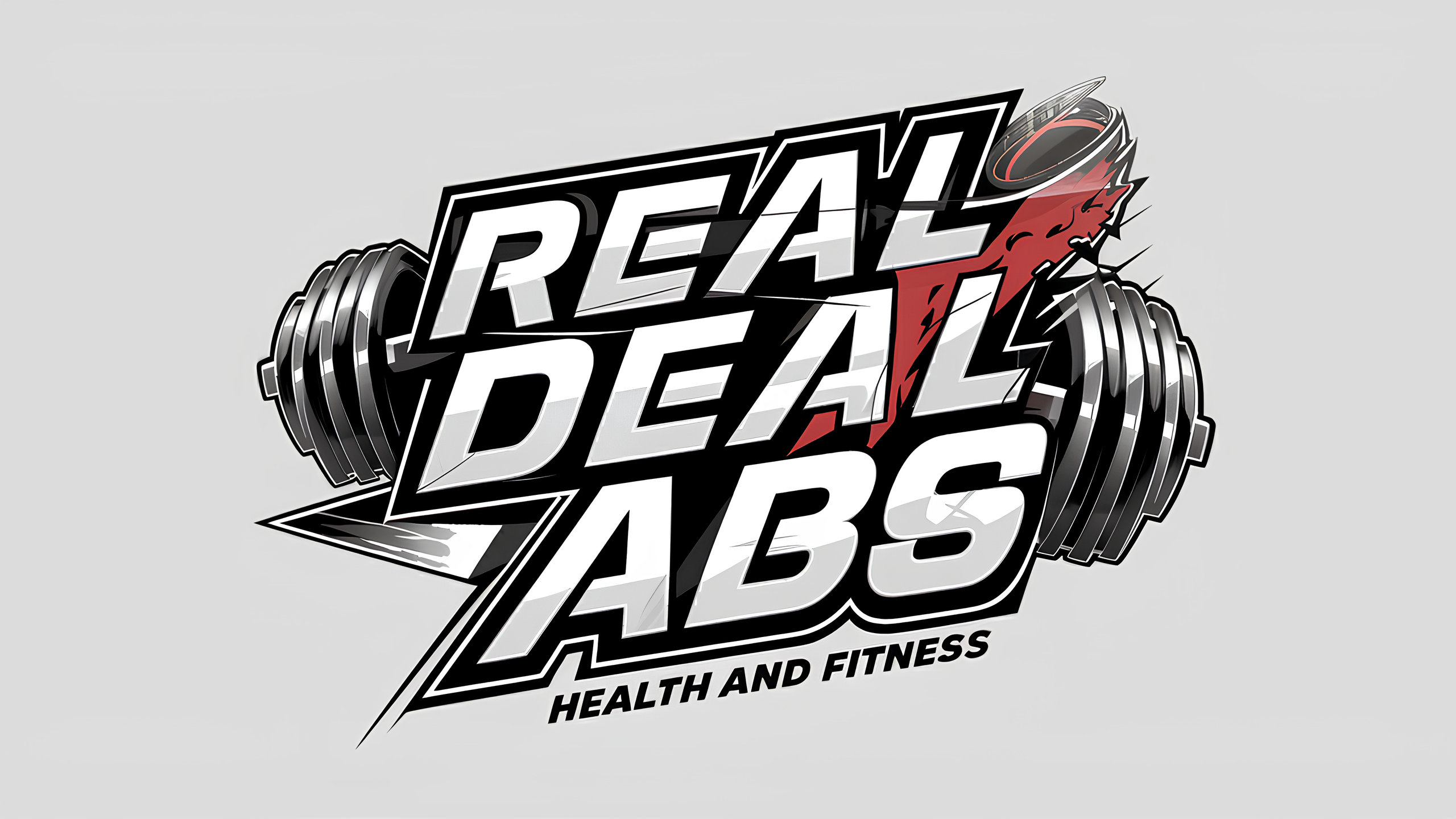Calf Muscles: The Unsung Heroes of Athletic Performance and Symmetry
The journey to achieving a perfectly symmetrical physique and reaching the zenith of athletic performance is often marked by rigorous training focusing on the most visible muscle groups. However, the key to unlocking true physical prowess lies hidden within the shadows of these popular exercises: the calf muscles. These often overlooked pillars of strength play a critical role in sculpting an aesthetically pleasing lower half and boosting athleticism and resilience. It’s time we delve deeper into the art of calf training, shedding light on its significance and proper techniques.
The Overlooked Foundation of Strength
Nestled below the more glamorous muscles of the upper leg, the calf muscles comprise the gastrocnemius and soleus. These muscles are responsible for the flexion of the knee and foot, playing a pivotal role in standing, walking, running, and jumping. Despite their importance, calf muscles are frequently neglected or improperly trained by many fitness enthusiasts, a mistake that can lead to imbalances and hindered athletic performance.
Dispelling Myths and Embracing True Calf Development
A common misconception in calf training is the overreliance on generic exercises like squats, and bodyweight calf raises, expecting them to yield significant gains. However, true progress requires challenging the calves with adequate load, much like any other muscle group. Incorporating weighted exercises ensures that your calves receive the stimulus for growth and strength enhancement.
Mastering Calf Training Techniques
- Standing Calf Raise: The cornerstone of calf workouts is that this exercise allows for a complete range of motion essential for muscle development. You can effectively target both the gastrocnemius and soleus muscles by elevating the heels on a small step and using a barbell for added resistance. Proper form and balance, facilitated by the safety of a squat rack, enable you to focus on the muscle stretch and contraction crucial for calf growth.
- Single-Leg Calf Raise on Leg Press: Unilateral exercises like this offer the opportunity to address and correct muscular imbalances. By isolating each calf, you can ensure that both sides develop evenly, enhancing your overall leg symmetry and functionality. The emphasis on full range of motion and controlled movements further solidifies its effectiveness.
- Jump Rope: Surprisingly beneficial for calf development, jump rope exercises promote plyometric strength and endurance. The repetitive nature of jumping rope works the cardiovascular system and targets the calves with each bounce, contributing to their growth and resilience.
- Seated Calf Raise: Specifically targeting the soleus muscle, this exercise adds significant load to the calves, differentiating it from other calf exercises. Varied foot positions allow for comprehensive muscle engagement, ensuring a thorough workout of the entire calf region.
Broadening the Calf Training Horizon
Beyond the basics, understanding the intricate anatomy and biomechanics of the calf muscles is crucial for optimal training. The gastrocnemius and soleus have unique functions that necessitate varied approaches to exercise, from foot positioning to the incorporation of plyometric movements. These exercises not only build muscle but also enhance the functional capabilities of the calves, contributing to improved athletic performance across various disciplines.
Elevating Calf Training: A Path to Enhanced Athleticism and Symmetry
Incorporating focused calf training into your routine is more than a step towards achieving well-shaped lower legs; it’s a stride towards enhanced athleticism and a more balanced physique. Recognizing the importance of these often-neglected muscles and dedicating time to their development can significantly improve aesthetics and sports performance. With patience, persistence, and the proper training techniques, the journey to stronger, more resilient calf muscles is within reach for every athlete and fitness enthusiast.
